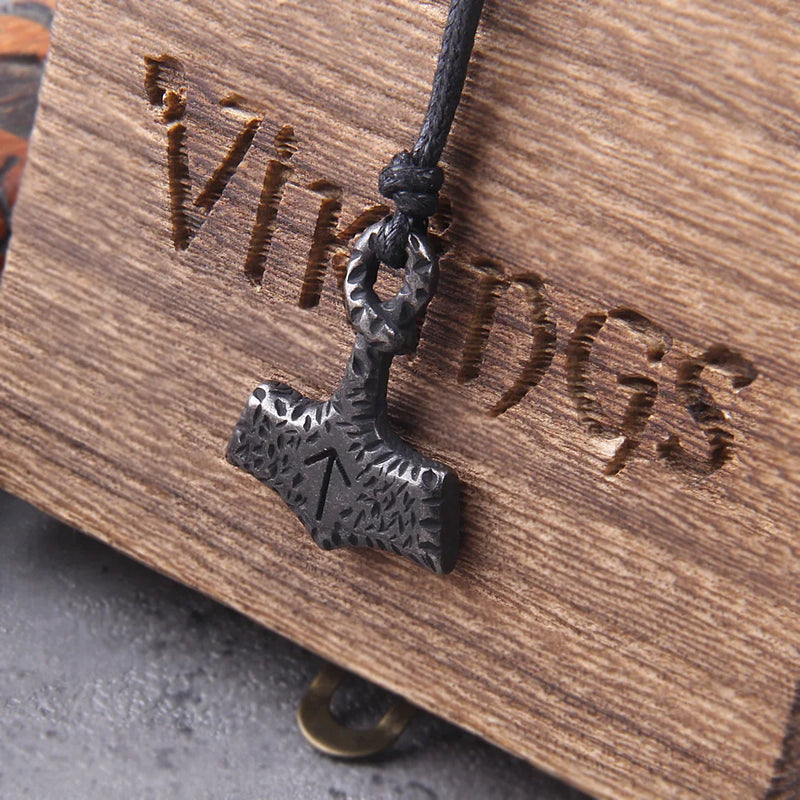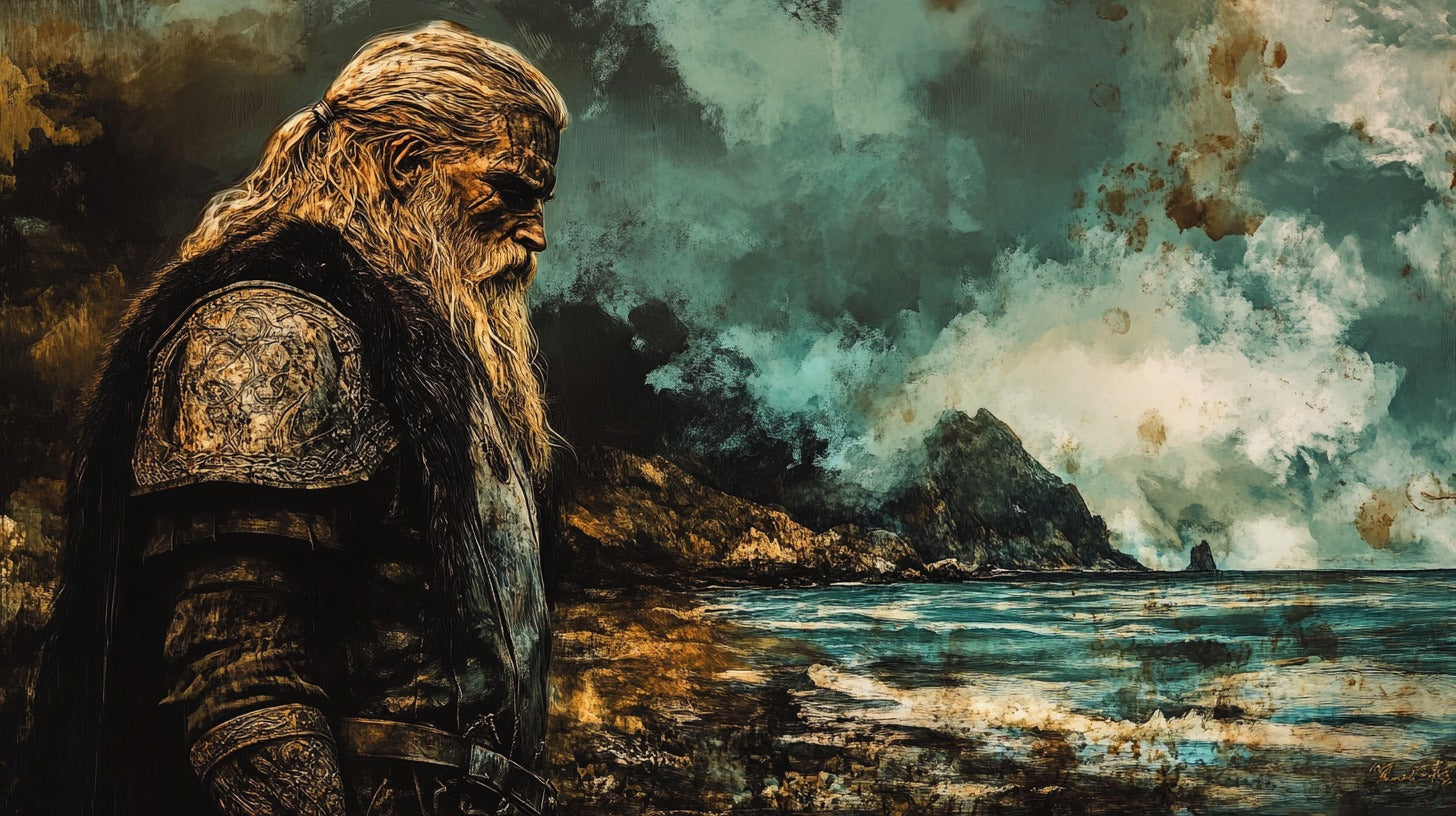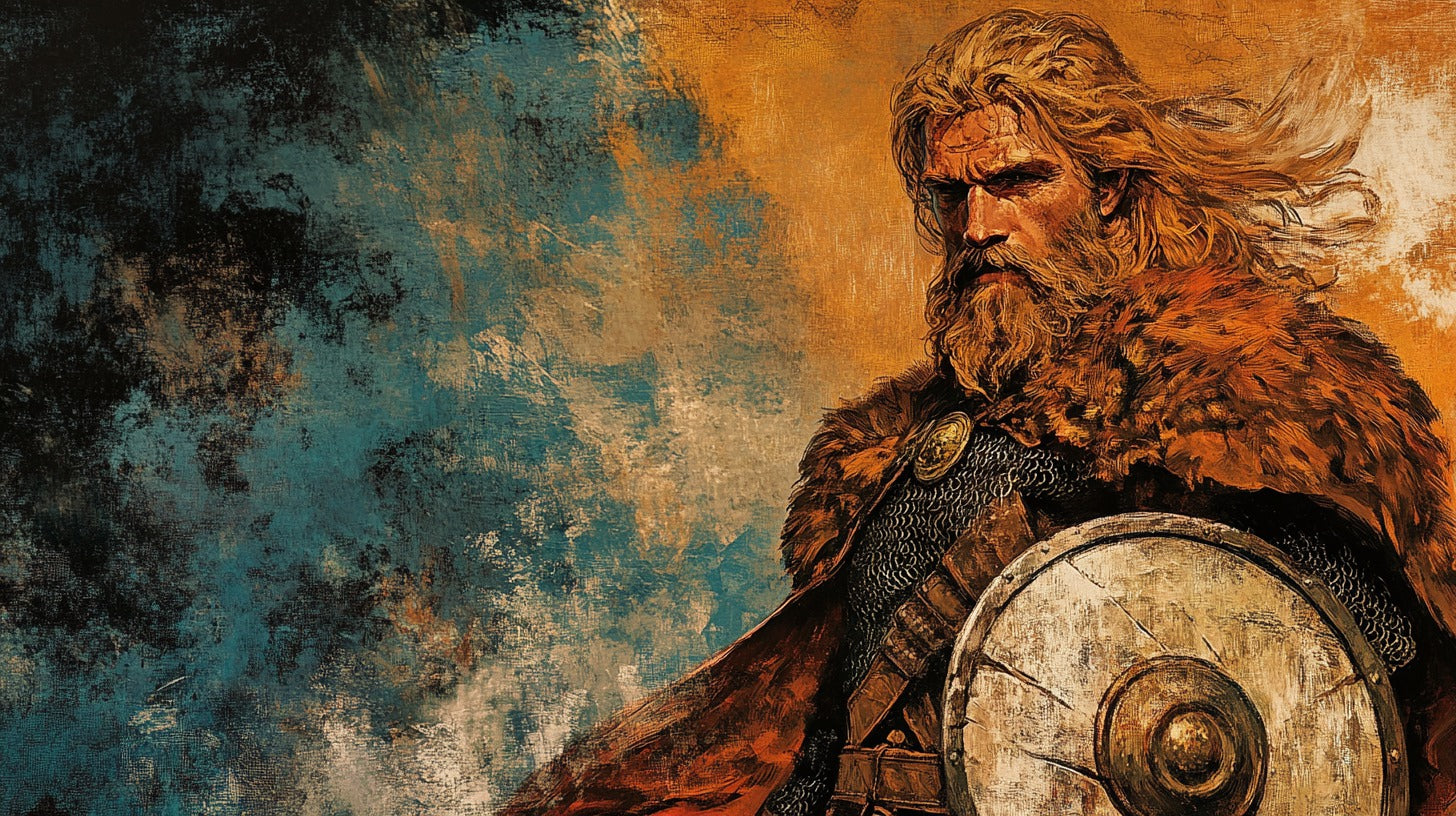
The Vanir: Gods of Fertility and Prosperity in Norse Mythology
The Vanir are a group of gods in Norse mythology, distinct from but closely related to the more widely known Æsir. Associated with nature, fertility, and prosperity, the Vanir played a crucial role in the Norse pantheon and were central to several key mythological narratives. This article explores the origins, characteristics, and significance of the Vanir in Norse mythology and culture.
Origins and Etymology
The term "Vanir" is thought to derive from the Proto-Germanic *waniz, meaning "friend" or "kinsman." This etymology suggests a close relationship between these deities and their worshippers. The exact origins of the Vanir as a distinct group of gods remain uncertain, with some scholars proposing that they may represent an earlier stratum of Germanic deities, potentially predating the Æsir in some regions.
According to Rudolf Simek, a prominent scholar of Norse mythology, the distinction between Æsir and Vanir is not clear-cut in the surviving mythological sources. He notes that this division may be a late development in Norse religion, possibly influenced by the interaction between different cultural groups in Scandinavia.
The Vanir Gods

Freyja by John Bauer (1882–1918)
Njörðr
Njörðr is one of the most prominent Vanir gods, associated with the sea, seafaring, and prosperity. In Snorri Sturluson's "Prose Edda," Njörðr is described as the ruler of the winds and the one who calms the sea and fire. He is said to be incredibly wealthy and capable of granting riches in land and valuables to those who pray to him.
Njörðr's marriage to the giantess Skaði is a well-known myth, illustrating the complex relationships between different groups of beings in Norse cosmology. Their union was part of the peace settlement between the Æsir and the giants, but it was ultimately unsuccessful due to their incompatible preferences for different environments.
Freyr
Freyr, son of Njörðr, is perhaps the most famous of the Vanir gods. He is associated with sacral kingship, virility, prosperity, and fair weather. Freyr is often depicted with a large phallus, emphasizing his connection to fertility and abundance.
In the "Prose Edda," Snorri Sturluson describes Freyr as "the most renowned of the Æsir," highlighting his importance despite his Vanir origins. Freyr's most famous myth involves his love for the giantess Gerðr, for whom he gives up his magical sword, a decision that will have dire consequences during Ragnarök.
Freyja
Freyja, twin sister of Freyr, is a multifaceted goddess associated with love, fertility, beauty, and war. She is often described as the most beautiful of all goddesses and is said to receive half of those slain in battle, with the other half going to Odin.
Freyja is closely linked with the practice of seiðr, a form of Norse magic. This connection is significant, as it ties the Vanir to magical practices that were sometimes viewed with suspicion in Norse society.
The Æsir-Vanir War

One of the most significant mythological events involving the Vanir is their war with the Æsir. This conflict is described in various sources, including the "Völuspá" in the Poetic Edda and Snorri's "Prose Edda."
Causes of the War
The exact causes of the war are not clearly stated in the surviving sources. Some scholars, such as Georges Dumézil, have interpreted the conflict as representing a clash between different social functions or between different cultural groups in early Scandinavian society.
Course of the War
The war itself is described as a long and evenly matched conflict. In the "Völuspá," it is said that Odin threw his spear over the host of the Vanir, symbolically beginning the war. The Vanir are described as using magic to defend their fortress, while the Æsir relied more on physical strength.
Peace Treaty and Exchange of Hostages
The war eventually ended in a stalemate, leading to a peace treaty. As part of this agreement, the two groups of gods exchanged hostages. The Vanir sent Njörðr and Freyr to live among the Æsir, while the Æsir sent Hœnir and Mímir to the Vanir.
This exchange had significant consequences. Njörðr and Freyr became fully integrated into the Æsir pantheon, while the Vanir, dissatisfied with Hœnir's performance, beheaded Mímir and sent his head back to Odin. Odin then preserved Mímir's head with herbs and used it for counsel.
Vanir in Norse Mythology and Literature

Two figures embrace with a leafy bough between them on a small piece of gold foil (gullgubber) from the Migration Period to the early Viking Age. Such foils, often found at building sites in Scandinavia, may symbolize divine marriages, like the union of Freyr and Gerðr in Norse mythology (Photo: Björn Falkevik, Cheyenne Olander).
The Poetic Edda
The Poetic Edda, a collection of Old Norse poems, contains several references to the Vanir. In the "Völuspá," the war between the Æsir and Vanir is described, while "Vafþrúðnismál" mentions Njörðr's origin among the Vanir.
The Prose Edda
Snorri Sturluson's "Prose Edda" provides the most comprehensive account of the Vanir in Norse literature. Snorri describes the attributes of the Vanir gods in detail and recounts several myths involving them, including the Æsir-Vanir war and its aftermath.
Other Literary Sources
Other Old Norse texts, such as the "Heimskringla" (also by Snorri Sturluson), contain references to the Vanir. In the "Ynglinga saga," part of the "Heimskringla," Snorri presents a euhemerized account of the Norse gods, describing Freyr as a historical king of Sweden.
Worship and Rituals
Evidence for the worship of Vanir gods comes from both archaeological findings and historical accounts.

Archaeological Evidence
Archaeological excavations have uncovered numerous artifacts associated with Vanir worship. For example, small figurines believed to represent Freyr have been found in various Scandinavian sites. The discovery of ship burials, such as the famous Oseberg ship, may also be connected to Vanir worship, given Njörðr's association with seafaring.
Historical Accounts
Written sources, particularly from the medieval period, provide some information about Vanir worship. Adam of Bremen, in his 11th-century work "Gesta Hammaburgensis ecclesiae pontificum," describes a temple at Uppsala in Sweden where Freyr was worshipped alongside Odin and Thor.
Comparative Mythology
Some scholars have drawn parallels between the Vanir and deities from other Indo-European mythologies. For instance, the war between the Æsir and Vanir has been compared to conflicts between different groups of gods in other mythological systems, such as the war between the Olympians and Titans in Greek mythology.
Georges Dumézil, in his work on Indo-European comparative mythology, suggested that the Vanir might represent the "third function" in his tripartite system, associated with fertility and prosperity.
Conclusion
The Vanir represent a crucial aspect of Norse mythology, embodying concepts of fertility, prosperity, and natural forces. Their conflict and subsequent reconciliation with the Æsir illustrate the complex and dynamic nature of the Norse pantheon. While our understanding of the Vanir is limited by the fragmentary nature of surviving sources, their importance in Norse religion and culture is undeniable. The Vanir continue to fascinate scholars and enthusiasts of Norse mythology, offering insights into the beliefs and values of the ancient Norse people.
FAQs
- Who are the main Vanir gods?
The main Vanir gods are Njörðr, god of the sea and prosperity; Freyr, god of fertility and peace; and Freyja, goddess of love, fertility, and war.
- What is the difference between the Vanir and the Æsir?
The Vanir are generally associated with nature, fertility, and prosperity, while the Æsir are often linked with war, governance, and the sky. However, these distinctions are not always clear-cut in the sources.
- What was the outcome of the Æsir-Vanir War?
The war ended in a stalemate, leading to a peace treaty and an exchange of hostages between the two groups of gods.
- How were the Vanir worshipped?
Evidence suggests that the Vanir were worshipped through various rituals and offerings. Archaeological findings include figurines and possible temple sites, while historical accounts mention practices such as sacrifices and festivals.
- Are there any modern religions that worship the Vanir?
Some modern pagan and neopagan movements, particularly those focused on Norse or Germanic traditions, include veneration of the Vanir in their practices. However, these modern interpretations may differ significantly from historical Norse religious practices.








